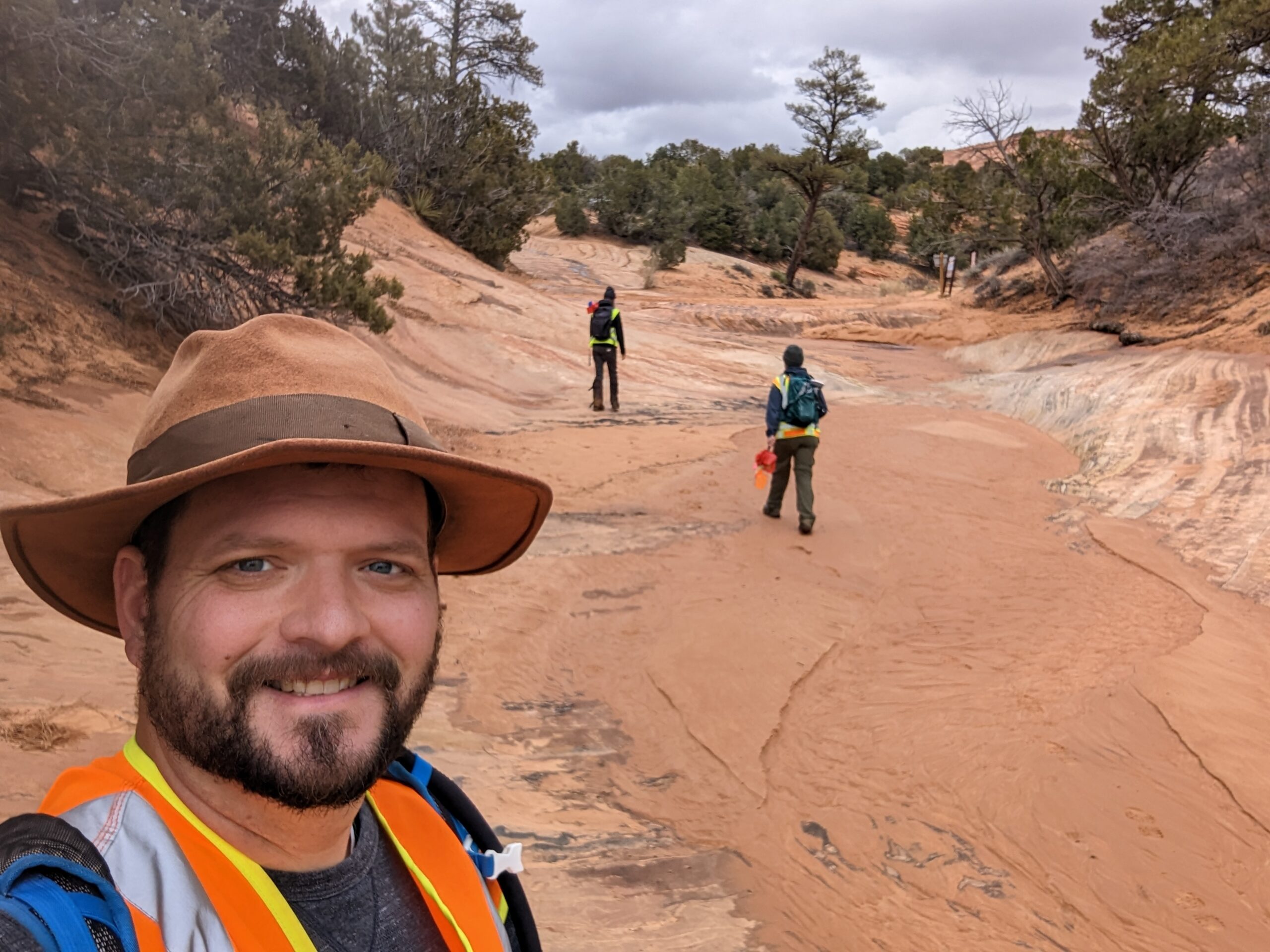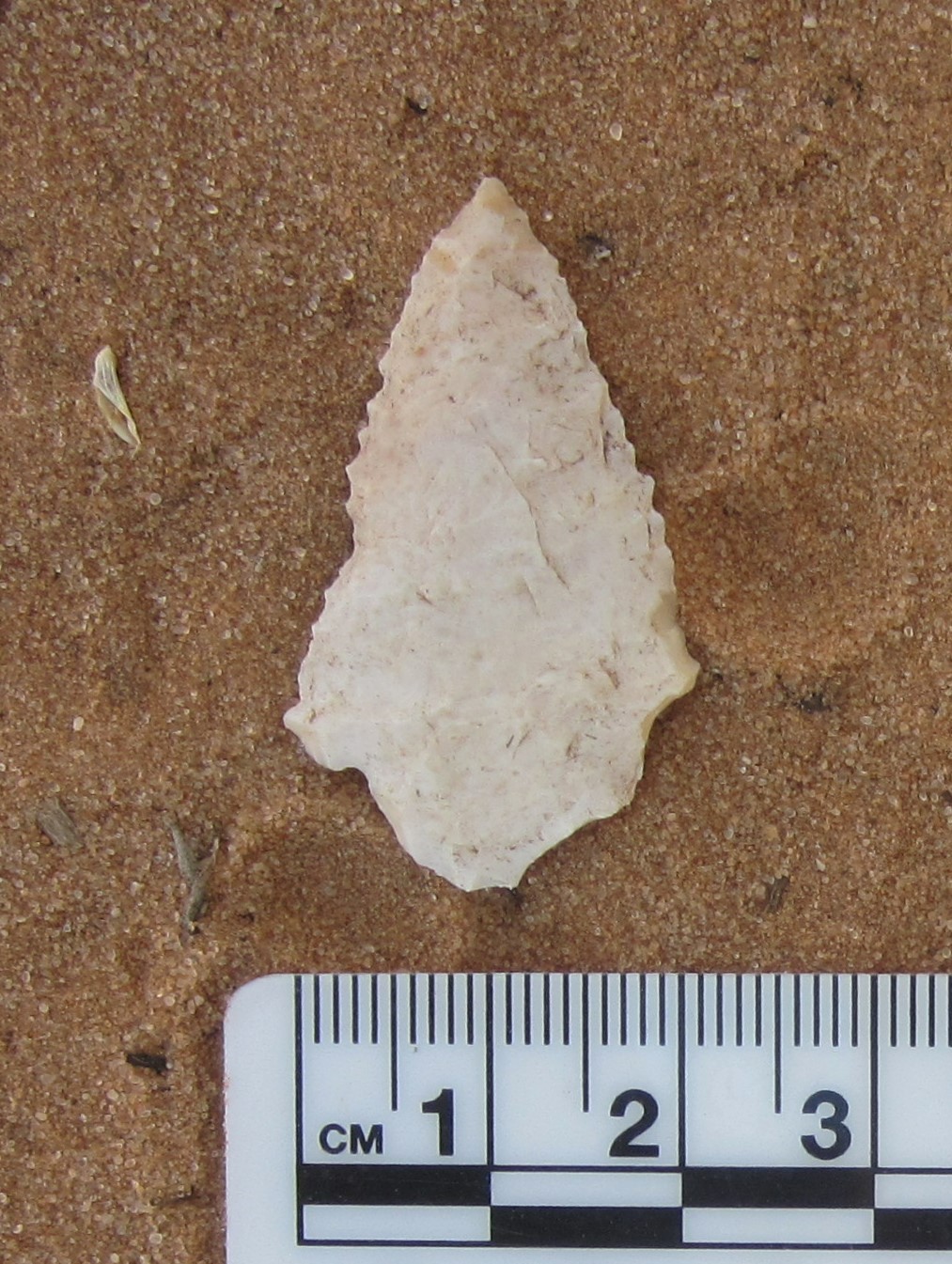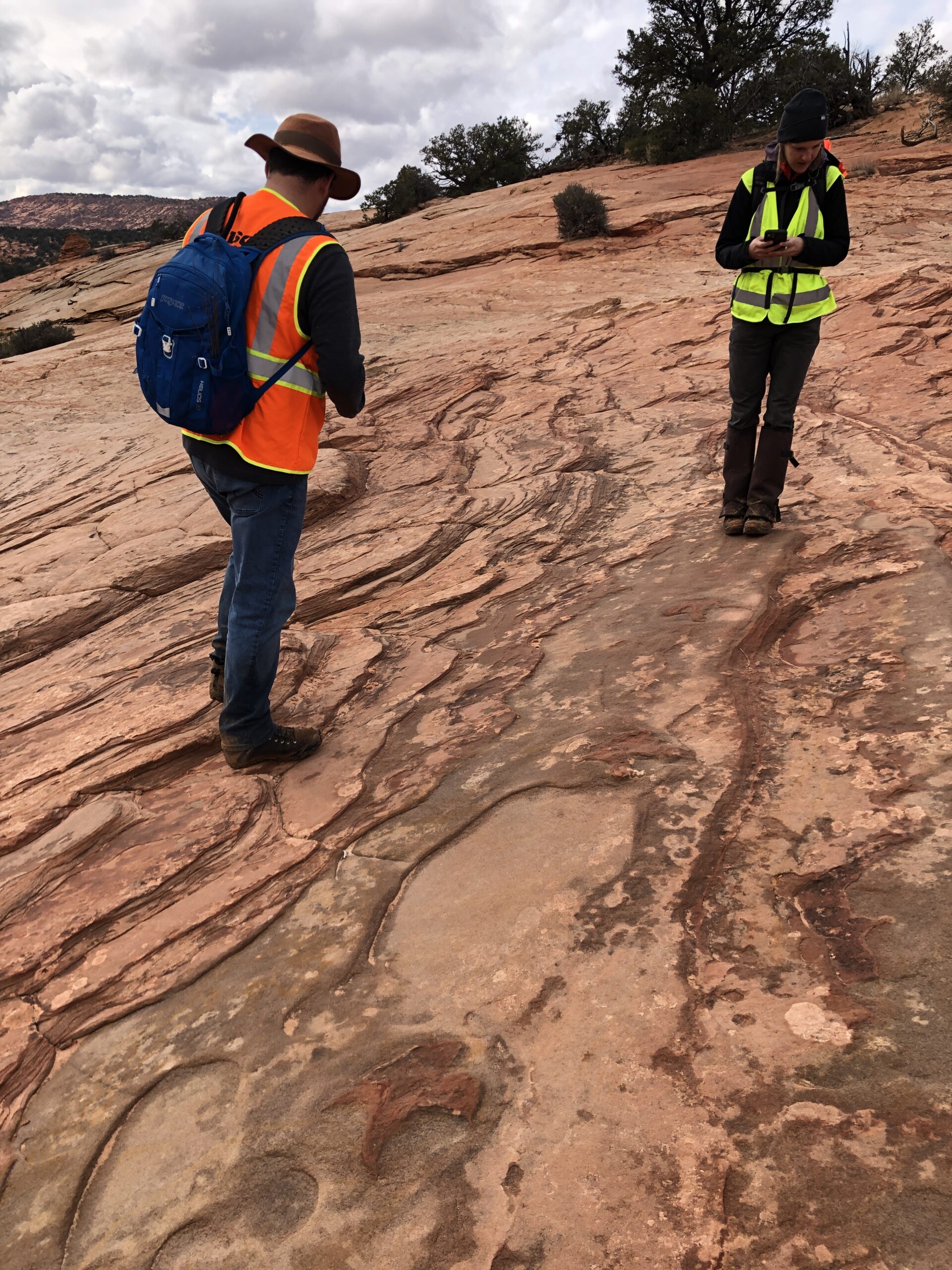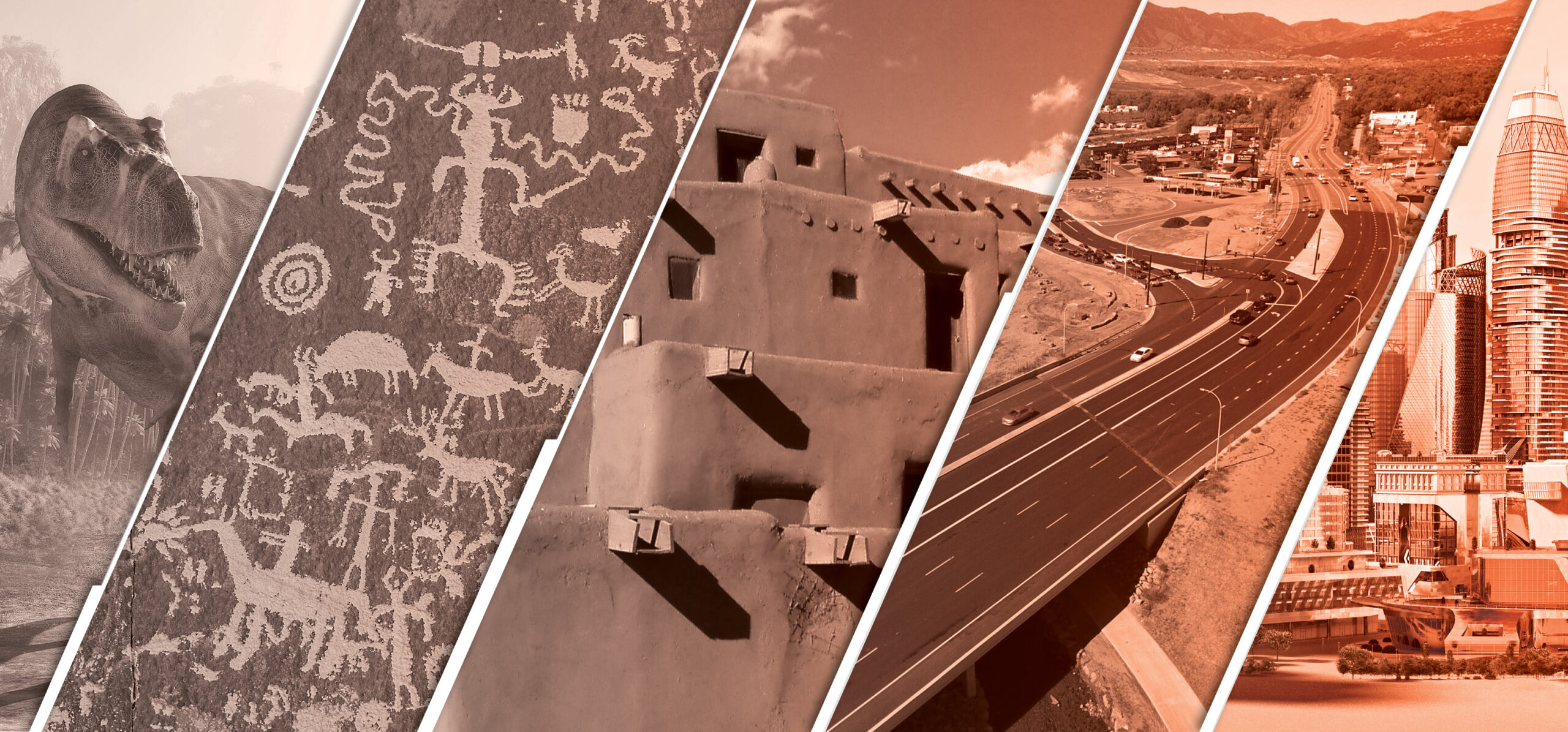During the month of May, several states across the U.S. celebrate Archaeology and Historic Preservation Month. Our nation rests on millions of historic sites and artifacts, which should be preserved and understood, for they hold significant information about our people through the ages. It is necessary for us to celebrate the diverse and unique heritage of our country. As an engineering and architecture firm, we take responsibility for conserving our environment, whether that be the land’s natural state, current wildlife, or its historical significance, as we upgrade and implement new infrastructure.
What role do engineering firms play in preservation?
Present Day 2024
When a potential project is being reviewed, there are several steps all stakeholders must take before proceeding with design, concept, and construction. A collaborative multi-agency effort is put into preparing for the future. At Wilson & Company, our environmental team ensures progress can be made while working with established laws and guidance that aim to protect the natural environment.
See a comprehensive list of the environmental services that Wilson & Company offers.
While we celebrate Archaeology and Historic Preservation Month, it is important to recognize our team’s critical role in helping fulfill this celebration’s mission.
Our Environmental National Practice Lead, Jon Chesser, CEP, shares the importance of these services within an engineering and architecture firm, “Our team of experienced archaeologists work directly with design and construction engineers to develop project solutions that comply with environmental laws and guidance at the federal, state, and local levels. This collaborative approach and the expertise of our team allow for improvements to be implemented while avoiding and/or minimizing impacts on the natural and cultural environment. I am proud to work for a company that prioritizes the environmental process and with this team of exceptional environmental professionals.”
As we continue to build the future, we also preserve the past. The Yellow Jacket/Rosy Canyon Project highlights an archaeological evaluation our team completed last year.

The evaluation took place along the Utah-Arizona border. This survey documented significant archaeological sites and artifacts within 2,000 acres of Bureau of Land Management (BLM) land. The comprehensive scope of the project is intended to clear brush and vegetation to improve the local ecosystem. Our team researched the area’s history, completed surveys of the areas affected by the project, evaluated archaeological sites for significance, and flagged significant sites to be protected. Using established survey protocols, our team discovered several archaeological sites dating back as far as 3,000 years ago.
What artifacts were discovered?
Archaic to Ancestral Puebloan- 8,000 BP – 1300 CE

Flashing to the past, our archaeologists discovered and documented the location of sites and artifacts from the Archaic (8,000 to 1,600 BP) through the Ancestral Puebloans (200 CE-1300 CE) and into more recent historic times. These people are ancestral to the tribes living in the Southwest region, a key location where Wilson & Company works today.
The Ancestral Puebloans lived across parts of Utah, Arizona, Colorado, and New Mexico. They were farmers, raising corn, beans, squash, and other crops, and foraged and hunted for food. In the area of southern Utah where our crews were working, the Ancestral Puebloans lived in small villages and moved seasonally from place to place. The sites we recorded included task-specific sites, where someone worked on a stone tool or processed an available food source, and small village sites, where people may have lived for longer periods of time while hunting or gathering tool stones.
While evaluating the land, our team discovered pieces of pottery, different lithics, and occasionally, artifacts of more recent times, including a tobacco tin. Sites are recorded with GPS information and photographs, but artifacts are not collected. Our crew flagged sites that were determined to be eligible for the National Register of Historic Places so that the crews working on vegetation management could avoid them. This way, all ancient and historical pieces discovered remain preserved and untouched.
Over the course of the project, our team overcame many uncontrollable but common challenges. Weather, wildlife, terrain, and miles of walking/coverage can impact the efficiency and overall success of a survey project. The team walked approximately 12 miles daily for three separate ten-day sessions to document objects and cover the necessary area. Wildlife can be unpredictable, and our team takes precautions to protect ourselves and the animals. In the field, the team ensures safety with gear like snake gaiters and personal protective equipment.

How does Wilson & Company contribute to archaeological preservation?

Ancient Arts, Ancient Artifacts
Our team plays an essential role in historic preservation for our clients and tribal partners. Many of our staff live in archaeologically rich areas, such as the southwest, and work closely with agencies and Native American Tribes. Our approach is rooted in respect for cultural traditions throughout our various projects. Our team works through all phases of critical infrastructure projects to identify, evaluate, protect, and mitigate archaeological sites. When the protection of sites is impossible, we design and undertake mitigation efforts, including excavation, analysis, and preparation of public outreach materials to record and share information about the impacted sites. Environmental Practice Lead, Rocky Mountain Region Peter Steele, MA, RPA, who is serving as the Interim Vice President of the Utah Professional Archeological Council (UPAC), expands on the importance of respect for archaeological sites. “Archaeological sites provide information about our shared history and a chance to honor those who came before us. We treat them with the same respect we show to our country’s historical monuments, religious sites, and cemeteries.”
What is the future of history?
Guarding our Past

Engineering companies have a crucial role in preserving our history and its artifacts. To keep history alive, effective environmental practices and adherence to laws and standards enable us to continue celebrating the growth of our communities and our nation. When creating solutions to modern challenges, it’s important to be ethical about where and how we administer them. Preservation is essential in appreciating historical contributions to our world today; each finding educates us, enabling the acknowledgment of progress. Wilson & Company is dedicated to creating a sustainable future for all. We continue our commitment to protect our natural resources, history, and the global environment. Before we can create a future, we must protect our past.

